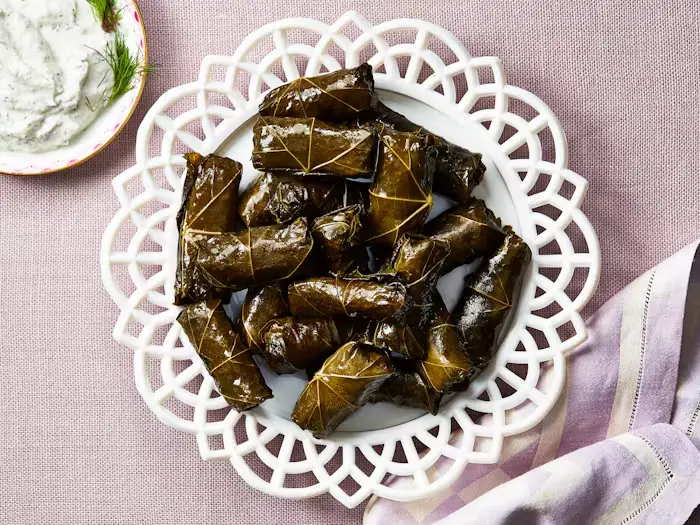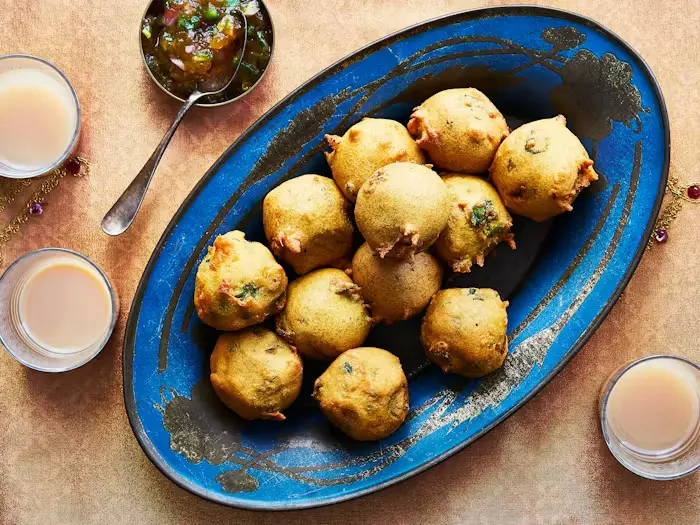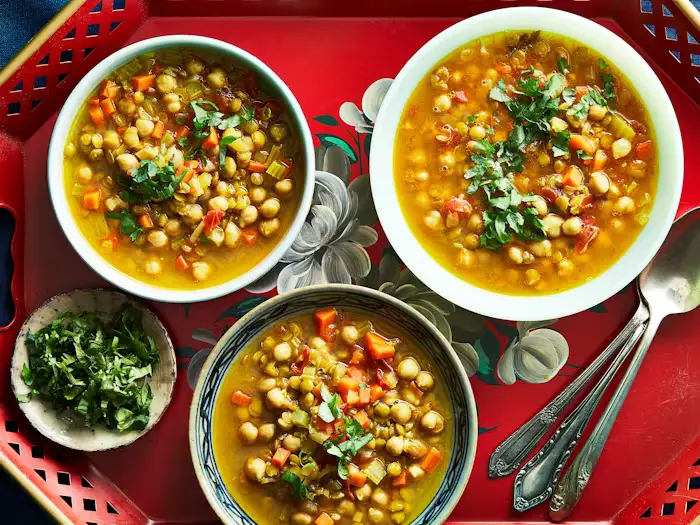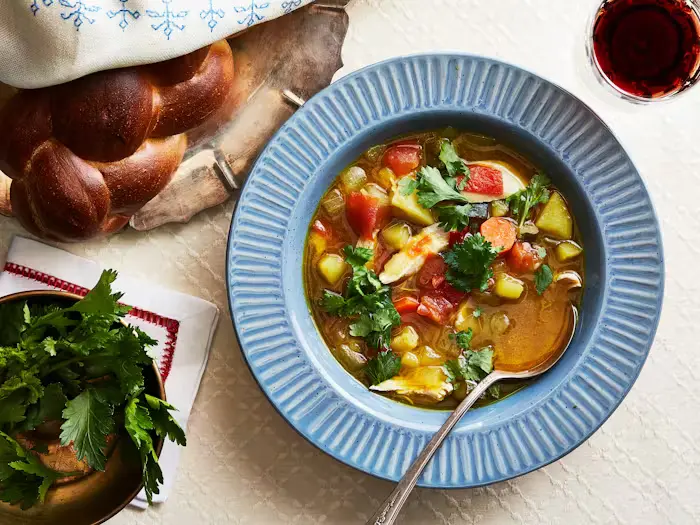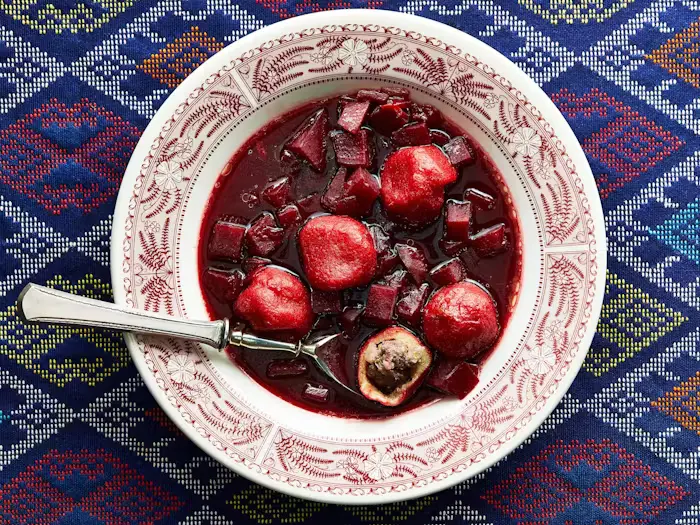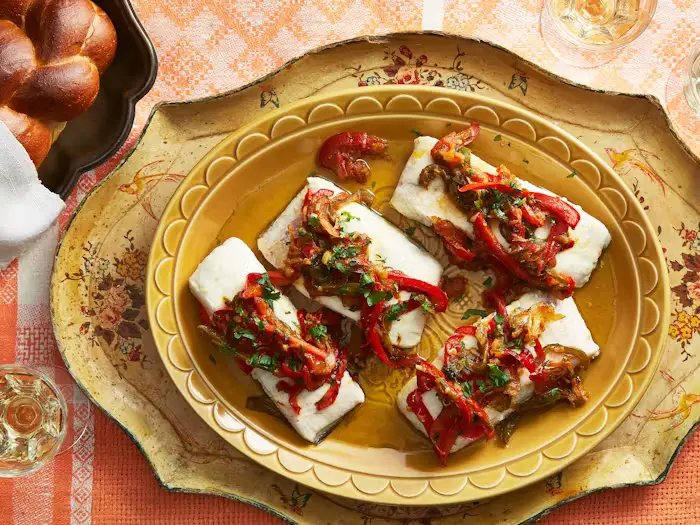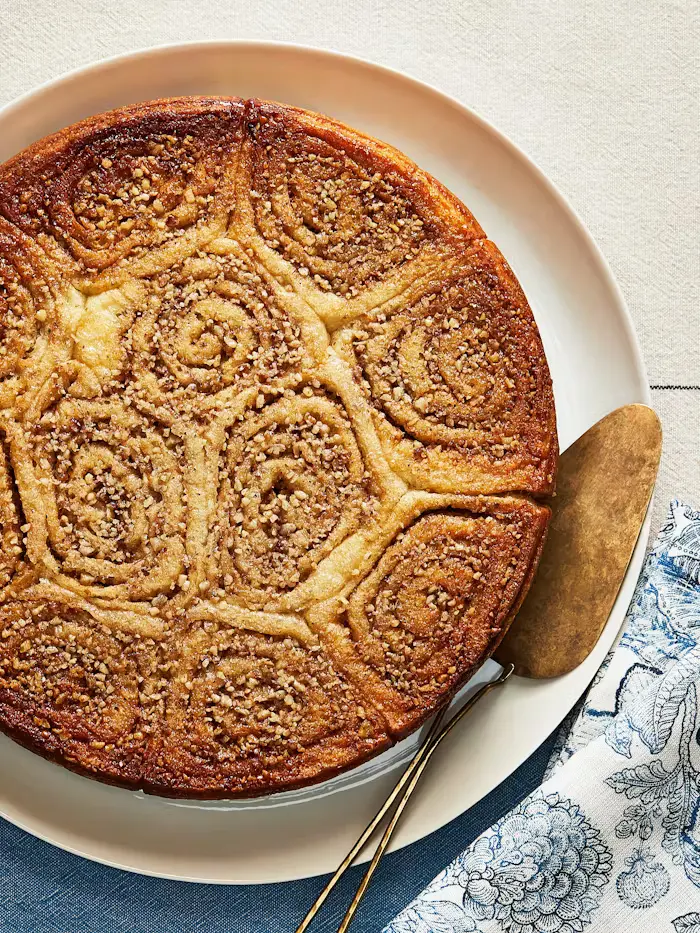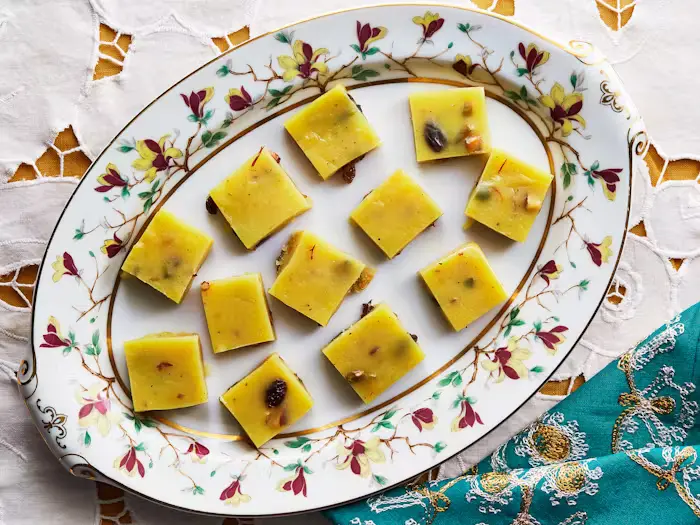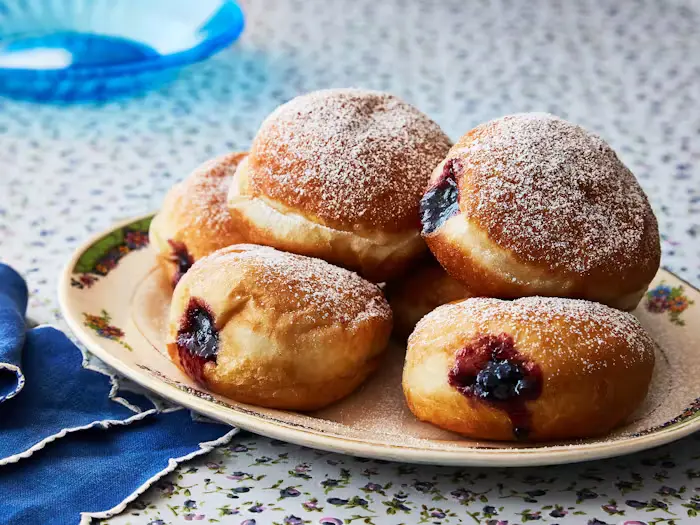Recipes From the Momentum Community
...
9 Recipes

Recipes From the Momentum Community
...
9 Recipes
In 2022, Momentum and the Jewish Food Society collaborated to create a cookbook called “Around Our Table: A Celebration of Global Jewish Cuisine, Culture and Community.” Each recipe tells a powerful story and together, they offer a glimpse into the diversity of the global Momentum community. There’s a recipe for golden-hued halwa from Shamira Malekar who grew up in Mumbai and another for Moroccan harira soup that Yael Elfassy makes in her home in Georgia for Yom Kippur break fast. Eva Moremi shared a recipe for a Hungarian sweet from Piri, a woman her mother met during the Holocaust when they were imprisoned in a subcamp of Buchenwald. There is also a recipe for Yemenite soup from Hilla Segev, and many others. A selection of them are featured here.
As JFS board member and chair of the Momentum board Deborah Hochberg, explains in the introduction to the book, “Each delicious recipe tells a story of joy and love, resilience and remembrance — may they inspire you, fuel you, and keep you in good health.”
In this collection
...
9 Recipes
